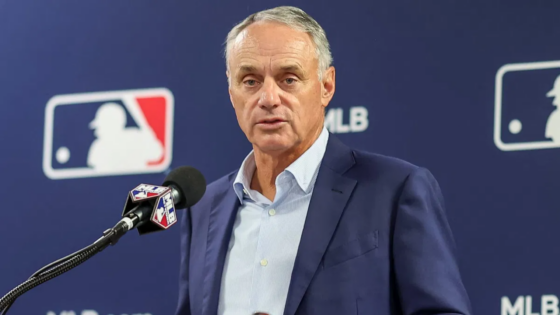Behind the closed doors of the Minnesota Twins front office, there were whispers. However, after the trade deadline, those speculations have turned into real buzz. Fans looked on uncomfortably, sports executives filled out forms, and idle rumors became so acute you could now actually hear the dollars. The story was intended to be calm, but not anymore.
Here’s the deal: The Twins have been owned by the Pohlad family for more than four decades, beginning with the $44 million acquisition in 1984. Last October, they were put up for sale with a $1.7 billion asking price. Allen & Company is quietly but firmly in charge of the process. It didn’t look like much had changed from the outside, but everyone in the room knew something was going on.
And then came this season’s trades! Ben Horney of Front Office Sports wrote, “The Minnesota Twins executed one of the most aggressive deadline teardowns in recent memory, trading eight players on deadline day and 11 total in the last week.” That’s right—not one, or two, or five, but 11 players! The plan was simple: cut costs, organize finances, and prepare for a new owner. According to Front Office Sports, the team got rid of millions in salary obligations, and now the sale process is not only still going on, but it’s speeding up. This shocking move involved the team’s biggest names.
Among the most significant departures were the team’s star players. The Twins traded closer Jhoan Duran to the Phillies and sent shortstop Carlos Correa back to the Astros. This move primarily aimed to address financial issues. Houston agreed to pay two-thirds of Correa’s $100 million contract, while the Twins got 26-year-old Single-A pitcher Matt Mikulski and several lower-tier prospects. Additional deals involving Harrison Bader and Willi Castro further reduced the major league payroll.
These changes didn’t come out of nowhere; MLB leaders had been hinting at them. Rob Manfred himself talked about it. During the 2025 All-Star Game, he remarked, “I know some things that you don’t know. I can tell you with a lot of confidence that there will be a transaction there, and it will be consistent with the kind of pricing that has taken place. There will be a transaction. We just need to be patient while they rework.” It looks like what he said is happening now.
At the same time, the team’s leaders had to deal with fans’ worries about the big changes to the squad. Twins’ president Derek Falvey explained to fans why 40% of the players were gone overnight. He told KSTP, Minnesota’s ABC station, “It’s a totally fair question and I have a tremendous amount of empathy for it.” When a team’s identity is changing, it should sound like a person, not a business.
Sources said that word of a sale might come “within a matter of weeks.” That fits nearly well with the period Manfred hinted at, and also matches recent purchase prices, such as the $1.7–$1.725 billion sales of the Rays and Orioles. Several interested parties have shown interest in buying the Twins. However, the team’s massive debt load complicates the sale.
Twins polishes thread for $1.7 B sale amid suitor shuffle and $425 M debt drag
Millionaire Justin Ishbia led the Minnesota Twins’ purchase discussion in early 2025. Due to MLB rules, he left the race and increased his ownership stake in the Chicago White Sox. His departure allowed Glen Taylor (the former Timberwolves owner), Cambria CEO Marty Davis, insurance tycoon Jim Hays, and a consortium fronted by former Twins Joe Mauer, Justin Morneau, and Torii Hunter to enter the bidding. Several have visited Target Field and discussed a $1.7 billion acquisition with the Pohlad family.
Jul 30, 2022; San Diego, California, USA; Minnesota Twins shortstop Carlos Correa (4) is congratulated by center fielder Byron Buxton (25) after hitting a two-run home run against the San Diego Padres during the eighth inning at Petco Park. Mandatory Credit: Orlando Ramirez-USA TODAY Sports
A sale was needed due to the team’s $425-$452 million debt—one of MLB’s largest. The Twins’ debt, which increased during the pandemic, made them less enticing to buyers. This led ownership to reject a $1.5 billion offer and wait for $1.7 billion to keep value and pay off obligations.
By transferring 11 key players, just before the trading deadline, the Twins reduced payroll by tens of millions. It eased significant debt and reassured bidders that the finances were cleared for a new future. Despite a smaller workforce, wealthy Minnesotans and investment groups are showing strong interest. The final buyer must pay the full $1.7 billion price and assume the debt. This anticipated transaction could conclude within weeks, expected by mid-2025.
The question now isn’t if the Twins will be sold, but when—and to whom.
The post Twins $1.7B Deal Gains Steam as Rob Manfred’s All-Star Remark Echoes Post Deadline Fire Sale appeared first on EssentiallySports.
